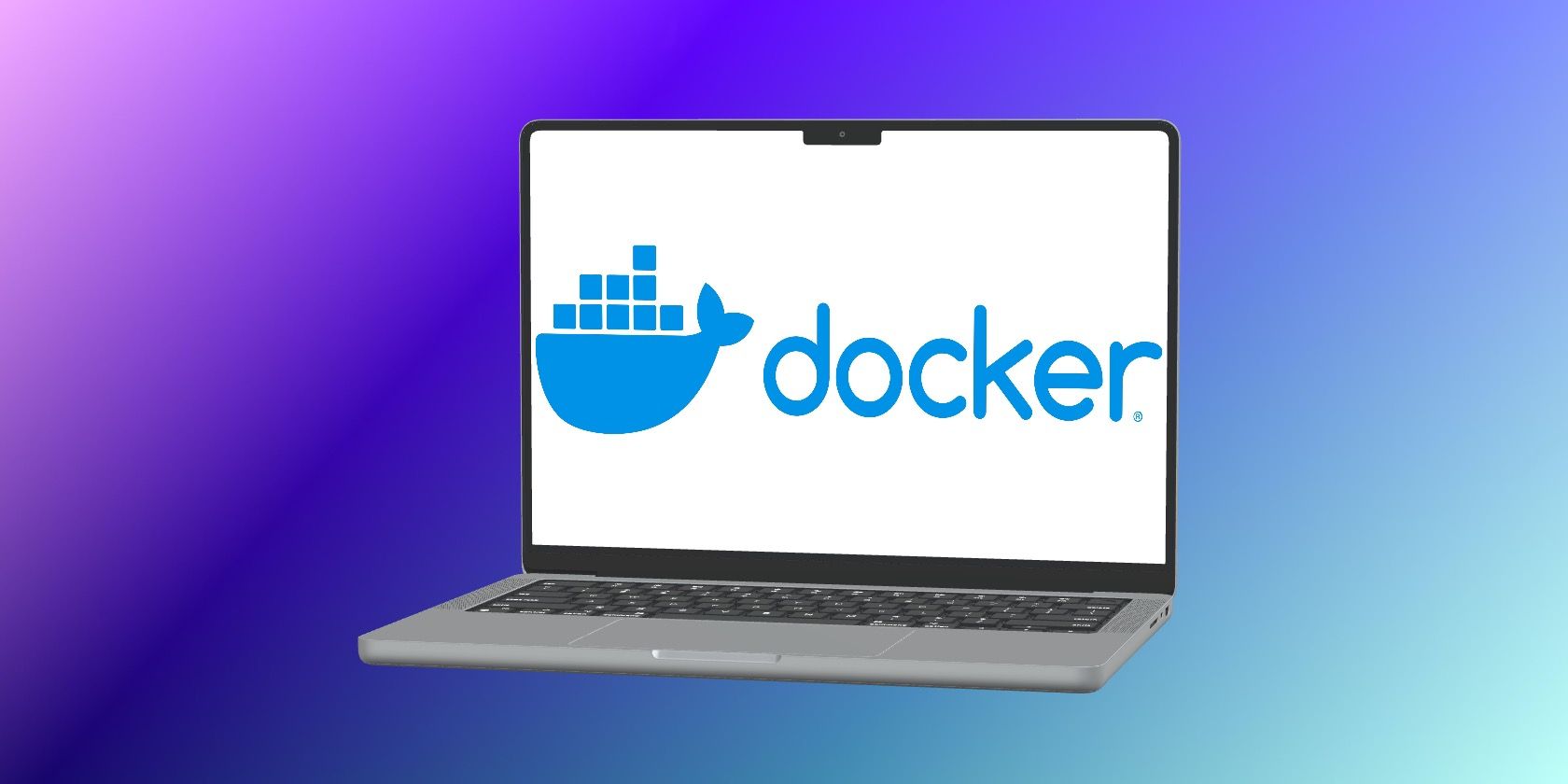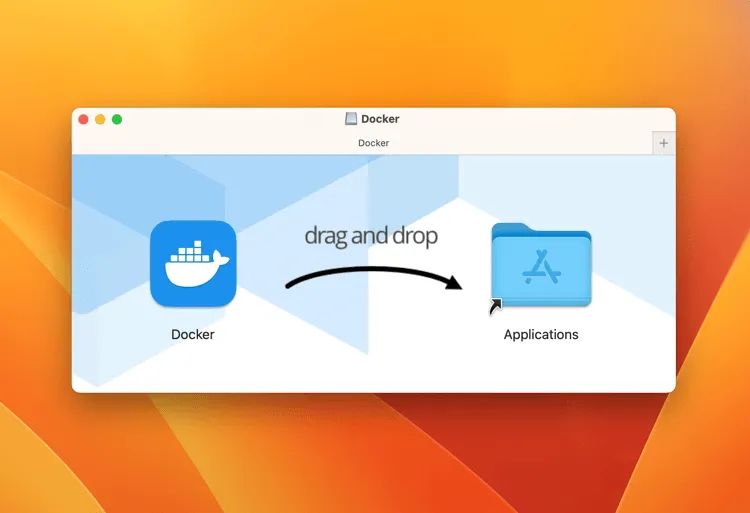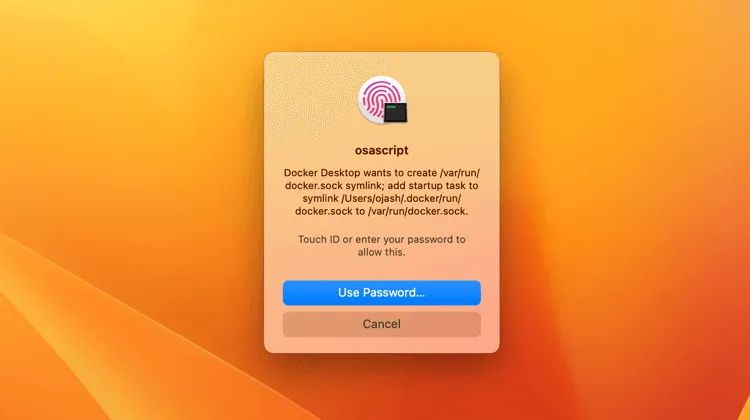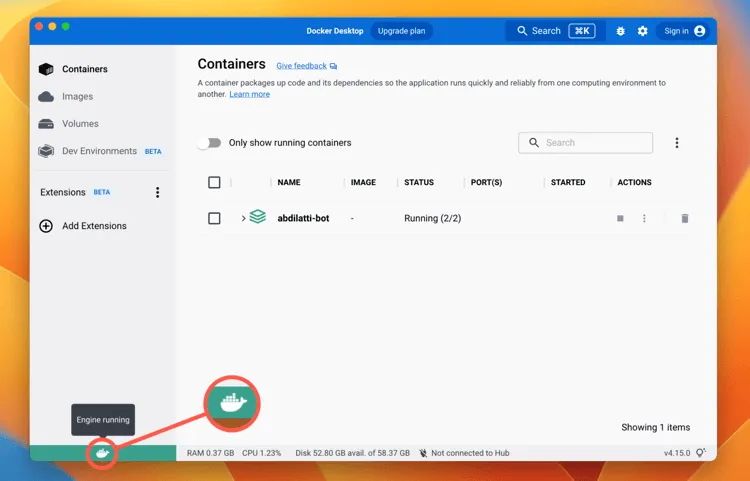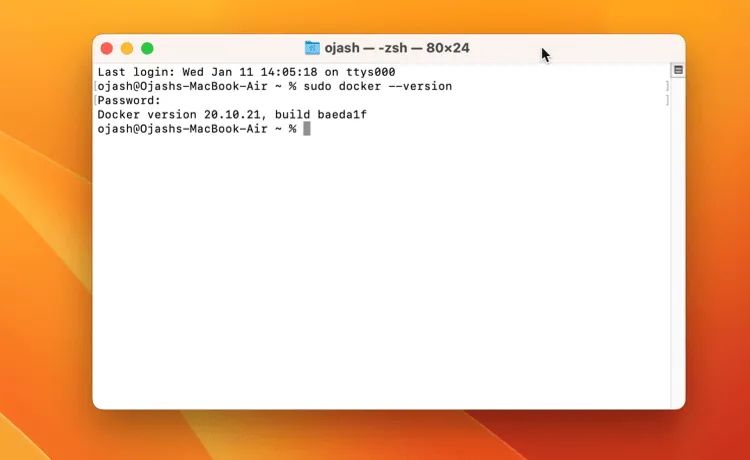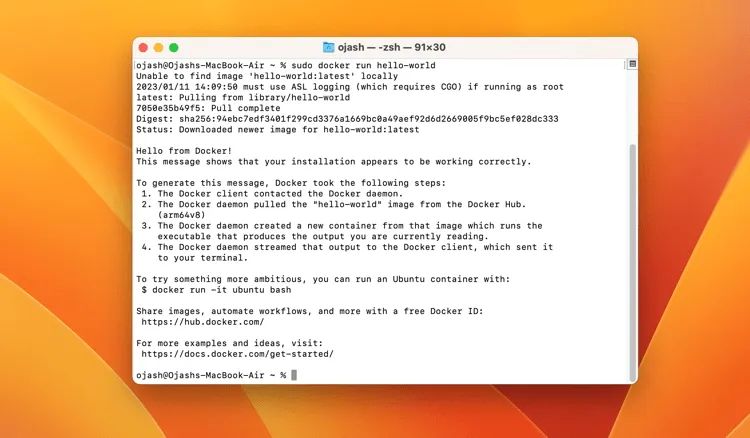Docker allows you to easily set up and manage isolated environments for each of your projects while ensuring that all dependencies are kept separate and avoiding conflicts. The best part is that installing Docker on your Mac is just as easy.
Here, we'll walk you through the exact process of installing Docker on a Mac, so you can start using this powerful tool to develop and deploy your applications.
What Is Docker Desktop?
Docker Desktop is a program you can install on your computer to make it easier to use Docker, a technology for running software in containers. If you're wondering what containers are, let us break them down for you.
Containers are a way of packaging software so that it can run consistently on any computer, regardless of the operating system or other dependencies. Containers basically contain all the necessary dependencies and OS functionalities required to run a program. While it's very similar to the idea behind virtual machines, containers are more lightweight and efficient.
Installing Docker Desktop gives you a way to create and manage these containers on your computer. This can be useful for many different things, such as:
- Developing software: You can use Docker to create isolated development environments for your projects to ensure that your code will run the same way on your computer as it will on other computers or in production.
- Running servers: You can use Docker to run servers, such as web servers or databases, on your computer. This can be useful for testing, development, or running small personal projects.
- Automating deployments: You can use Docker to automate the process of deploying your software to different environments, such as test, staging, or production.
In short, Docker Desktop is a powerful tool for developers and system administrators, which enables them to create, test and deploy applications consistently across different environments.
System Requirements to Install Docker on a Mac
You can install Docker for macOS on both Intel and Apple silicon Macs. Below are the requirements for each:
Mac With Intel chip
- macOS version 11 (Big Sur) or newer
- A minimum of 4GB of RAM
- The latest version of VirtualBox on your Mac.
Mac With Apple Silicon
- Rosetta 2, although not mandatory with Docker Desktop 4.3.0 and later, is required to run certain optional command line tools.
To install Rosetta 2 from the command line, run the following command in Terminal:
softwareupdate --install-rosetta
How to Install Docker Desktop on macOS
- Download the latest version of Docker Desktop from Docker's site.
-
Open the downloaded file and drag the Docker.dmg file to your Applications folder.
- Open the Docker app from the Applications folder.
-
Type in your Mac's password when prompted.
-
After this, Docker will configure itself automatically.
You can confirm your installation by hovering your cursor over the Docker logo on the bottom-left corner of the window, and you should see a pop-up saying, "Engine running."
Verifying the Docker Installation on Your Mac
After installing Docker Desktop, you should verify that it is working properly. To do this, open the Terminal app on your Mac and run the following command:
sudo docker --version
This command should return the version of the Docker you installed on your Mac.
Similarly, enter the following commands to verify the compose and machine versions of your installation.
sudo docker-compose --version
sudo docker-machine --version
Alternatively, you can also use the following command to verify the installation.
sudo docker run hello-world
If you see any errors or if the command does not return any output, then there may be an issue with your Docker installation.
Installing Docker on macOS Is Easy
Even though there are many ways to install Docker on macOS, the easiest way is to use the official installer. However, you can also try installing Docker on your Mac using Homebrew if the official installer does not work out for you for some reason. The best part of using Homebrew is that you can also use it to install other apps on your Mac.

